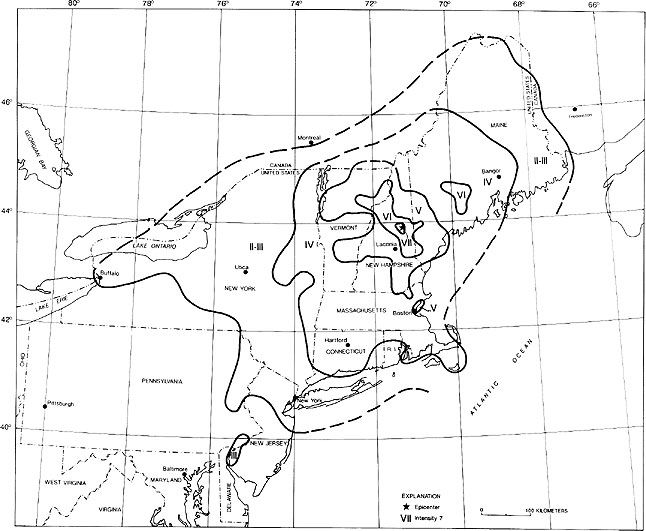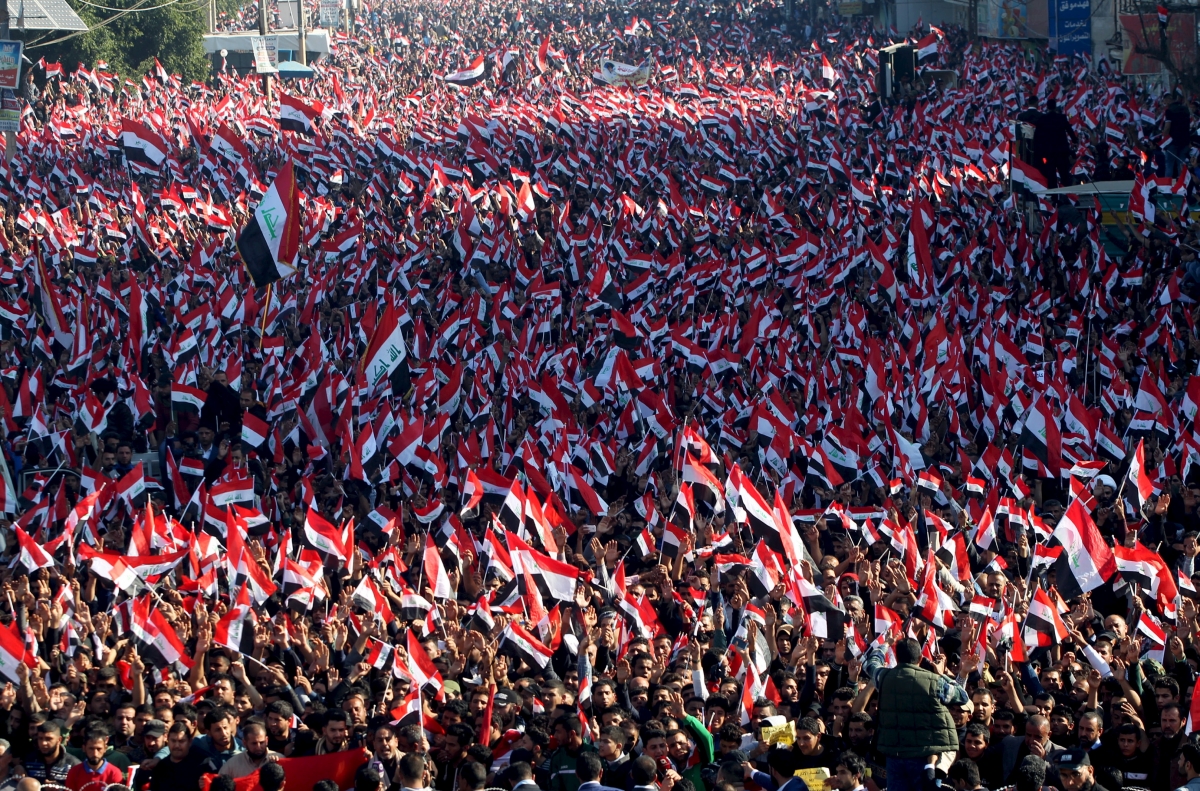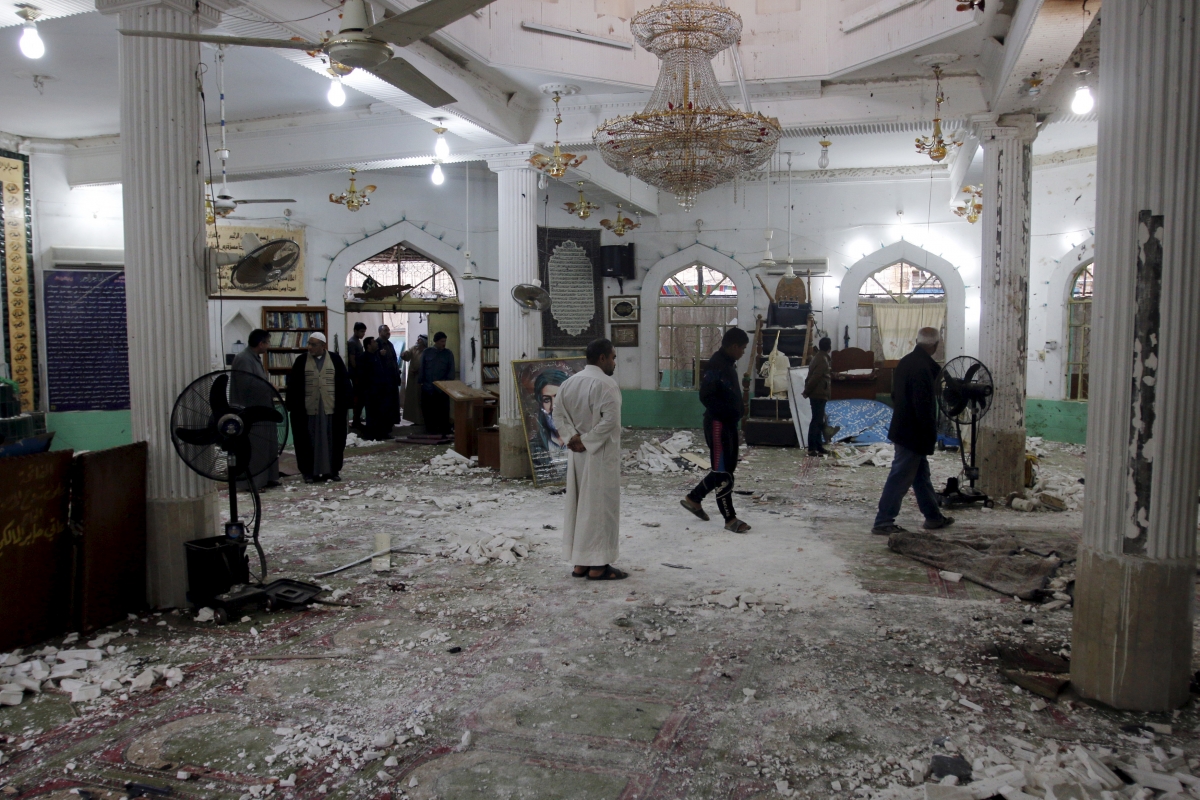Earthquakes May Endanger
New York More Than Thought, Says Study

A study by a group of prominent seismologists suggests that a pattern
of subtle but active faults makes the risk of earthquakes to the
New York City
area substantially greater than formerly believed. Among other things,
they say that the controversial Indian Point nuclear power plants, 24
miles north of the city, sit astride the previously unidentified
intersection of two active seismic zones. The paper appears in the
current issue of the Bulletin of the Seismological Society of America.
Many faults and a few mostly modest quakes have long been known around
New York City,
but the research casts them in a new light. The scientists say the
insight comes from sophisticated analysis of past quakes, plus 34 years
of new data on tremors, most of them perceptible only by modern seismic
instruments. The evidence charts unseen but potentially powerful
structures whose layout and dynamics are only now coming clearer, say
the scientists. All are based at Columbia University’s Lamont-Doherty
Earth Observatory, which runs the network of seismometers that monitors
most of the northeastern United States.
Lead author Lynn R. Sykes said the data show that large quakes are infrequent around
New York
compared to more active areas like California and Japan, but that the
risk is high, because of the overwhelming concentration of people and
infrastructure. “The research raises the perception both of how common
these events are, and, specifically, where they may occur,” he said.
“It’s an extremely populated area with very large assets.” Sykes, who
has studied the region for four decades, is known for his early role in
establishing the global theory of plate tectonics.
The authors compiled a catalog of all 383 known earthquakes from 1677 to 2007 in a 15,000-square-mile area around
New York City.
Coauthor John Armbruster estimated sizes and locations of dozens of
events before 1930 by combing newspaper accounts and other records. The
researchers say magnitude 5 quakes—strong enough to cause
damage–occurred in 1737, 1783 and 1884. There was little settlement
around to be hurt by the first two quakes, whose locations are vague due
to a lack of good accounts; but the last, thought to be centered under
the seabed somewhere between Brooklyn and Sandy Hook, toppled chimneys
across the city and New Jersey, and panicked bathers at Coney Island.
Based on this, the researchers say such quakes should be routinely
expected, on average, about every 100 years. “Today, with so many more
buildings and people, a magnitude 5 centered below the city would be
extremely attention-getting,” said Armbruster. “We’d see billions in
damage, with some brick buildings falling. People would probably be
killed.”
Starting in the early 1970s Lamont began collecting data on quakes
from dozens of newly deployed seismometers; these have revealed further
potential, including distinct zones where earthquakes concentrate, and
where larger ones could come. The Lamont network, now led by coauthor
Won-Young Kim, has located hundreds of small events, including a
magnitude 3 every few years, which can be felt by people at the surface,
but is unlikely to cause damage. These small quakes tend to cluster
along a series of small, old faults in harder rocks across the region.
Many of the faults were discovered decades ago when subways, water
tunnels and other excavations intersected them, but conventional wisdom
said they were inactive remnants of continental collisions and rifting
hundreds of millions of years ago. The results clearly show that they
are active, and quite capable of generating damaging quakes, said Sykes.
One major previously known feature, the
Ramapo Seismic Zone,
runs from eastern Pennsylvania to the mid-Hudson Valley, passing within
a mile or two northwest of Indian Point. The researchers found that
this system is not so much a single fracture as a braid of smaller ones,
where quakes emanate from a set of still ill-defined faults. East and
south of the Ramapo zone—and possibly more significant in terms of
hazard–is a set of nearly parallel northwest-southeast faults. These
include Manhattan’s 125th Street fault, which seems to have generated
two small 1981 quakes, and could have been the source of the big 1737
quake; the Dyckman Street fault, which carried a magnitude 2 in 1989;
the Mosholu Parkway fault; and the Dobbs Ferry fault in suburban
Westchester, which generated the largest recent shock, a surprising
magnitude 4.1, in 1985. Fortunately, it did no damage. Given the
pattern, Sykes says the big 1884 quake may have hit on a yet-undetected
member of this parallel family further south.
The researchers say that frequent small quakes occur in predictable
ratios to larger ones, and so can be used to project a rough time scale
for damaging events. Based on the lengths of the faults, the detected
tremors, and calculations of how stresses build in the crust, the
researchers say that magnitude 6 quakes, or even 7—respectively 10 and
100 times bigger than magnitude 5–are quite possible on the active
faults they describe. They calculate that magnitude 6 quakes take place
in the area about every 670 years, and sevens, every 3,400 years. The
corresponding probabilities of occurrence in any 50-year period would be
7% and 1.5%. After less specific hints of these possibilities appeared
in previous research, a 2003 analysis by The New York City Area
Consortium for Earthquake Loss Mitigation put the cost of quakes this
size in the metro New York area at $39 billion to $197 billion. A
separate 2001 analysis for northern New Jersey’s Bergen County estimates
that a magnitude 7 would destroy 14,000 buildings and damage 180,000 in
that area alone. The researchers point out that no one knows when the
last such events occurred, and say no one can predict when they next
might come.
“We need to step backward from the simple old model, where you worry
about one large, obvious fault, like they do in California,” said
coauthor Leonardo Seeber. “The problem here comes from many subtle
faults. We now see there is earthquake activity on them. Each one is
small, but when you add them up, they are probably more dangerous than
we thought. We need to take a very close look.” Seeber says that because
the faults are mostly invisible at the surface and move infrequently, a
big quake could easily hit one not yet identified. “The probability is
not zero, and the damage could be great,” he said. “It could be like
something out of a Greek myth.”
The researchers found concrete evidence for one significant
previously unknown structure: an active seismic zone running at least 25
miles from Stamford, Conn., to the Hudson Valley town of Peekskill,
N.Y., where it passes less than a mile north of the Indian Point nuclear
power plant. The Stamford-Peekskill line stands out sharply on the
researchers’ earthquake map, with small events clustered along its
length, and to its immediate southwest. Just to the north, there are no
quakes, indicating that it represents some kind of underground boundary.
It is parallel to the other faults beginning at 125th Street, so the
researchers believe it is a fault in the same family. Like the others,
they say it is probably capable of producing at least a magnitude 6
quake. Furthermore, a mile or so on, it intersects the Ramapo seismic
zone.
Sykes said the existence of the Stamford-Peekskill line had been
suggested before, because the Hudson takes a sudden unexplained bend
just ot the north of Indian Point, and definite traces of an old fault
can be along the north side of the bend. The seismic evidence confirms
it, he said. “Indian Point is situated at the intersection of the two
most striking linear features marking the seismicity and also in the
midst of a large population that is at risk in case of an accident,”
says the paper. “This is clearly one of the least favorable sites in our
study area from an earthquake hazard and risk perspective.”
The findings comes at a time when Entergy, the owner of Indian Point,
is trying to relicense the two operating plants for an additional 20
years—a move being fought by surrounding communities and the New York
State Attorney General. Last fall the attorney general, alerted to the
then-unpublished Lamont data, told a Nuclear Regulatory Commission panel
in a filing: “New data developed in the last 20 years disclose a
substantially higher likelihood of significant earthquake activity in
the vicinity of [Indian Point] that could exceed the earthquake design
for the facility.” The state alleges that Entergy has not presented new
data on earthquakes past 1979. However, in a little-noticed decision
this July 31, the panel rejected the argument on procedural grounds. A
source at the attorney general’s office said the state is considering
its options.
The characteristics of New York’s geology and human footprint may
increase the problem. Unlike in California, many New York quakes occur
near the surface—in the upper mile or so—and they occur not in the
broken-up, more malleable formations common where quakes are frequent,
but rather in the extremely hard, rigid rocks underlying Manhattan and
much of the lower Hudson Valley. Such rocks can build large stresses,
then suddenly and efficiently transmit energy over long distances. “It’s
like putting a hard rock in a vise,” said Seeber. “Nothing happens for a
while. Then it goes with a bang.” Earthquake-resistant building codes
were not introduced to New York City until 1995, and are not in effect
at all in many other communities. Sinuous skyscrapers and bridges might
get by with minimal damage, said Sykes, but many older, unreinforced
three- to six-story brick buildings could crumble.
Art Lerner-Lam, associate director of Lamont for seismology, geology
and tectonophysics, pointed out that the region’s major highways
including the New York State Thruway, commuter and long-distance rail
lines, and the main gas, oil and power transmission lines all cross the
parallel active faults, making them particularly vulnerable to being
cut. Lerner-Lam, who was not involved in the research, said that the
identification of the seismic line near Indian Point “is a major
substantiation of a feature that bears on the long-term earthquake risk
of the northeastern United States.” He called for policymakers to
develop more information on the region’s vulnerability, to take a closer
look at land use and development, and to make investments to strengthen
critical infrastructure.
“This is a landmark study in many ways,” said Lerner-Lam. “It gives
us the best possible evidence that we have an earthquake hazard here
that should be a factor in any planning decision. It crystallizes the
argument that this hazard is not random. There is a structure to the
location and timing of the earthquakes. This enables us to contemplate
risk in an entirely different way. And since we are able to do that, we
should be required to do that.”
New York Earthquake Briefs and Quotes:
Existing U.S. Geological Survey seismic hazard maps show New York
City as facing more hazard than many other eastern U.S. areas. Three
areas are somewhat more active—northernmost New York State, New
Hampshire and South Carolina—but they have much lower populations and
fewer structures. The wider forces at work include pressure exerted from
continuing expansion of the mid-Atlantic Ridge thousands of miles to
the east; slow westward migration of the North American continent; and
the area’s intricate labyrinth of old faults, sutures and zones of
weakness caused by past collisions and rifting.
Due to New York’s past history, population density and fragile,
interdependent infrastructure, a 2001 analysis by the Federal Emergency
Management Agency ranks it the 11th most at-risk U.S. city for
earthquake damage. Among those ahead: Los Angeles, San Francisco,
Seattle and Portland. Behind: Salt Lake City, Sacramento, Anchorage.
New York’s first seismic station was set up at Fordham University in
the 1920s. Lamont-Doherty Earth Observatory, in Palisades, N.Y., has
operated stations since 1949, and now coordinates a network of about 40.
Dozens of small quakes have been felt in the New York area. A Jan.
17, 2001 magnitude 2.4, centered in the Upper East Side—the first ever
detected in Manhattan itself–may have originated on the 125th Street
fault. Some people thought it was an explosion, but no one was harmed.
The most recent felt quake, a magnitude 2.1 on July 28, 2008, was
centered near Milford, N.J. Houses shook and a woman at St. Edward’s
Church said she felt the building rise up under her feet—but no damage
was done.
Questions about the seismic safety of the Indian Point nuclear power
plant, which lies amid a metropolitan area of more than 20 million
people, were raised in previous scientific papers in 1978 and 1985.
Because the hard rocks under much of New York can build up a lot
strain before breaking, researchers believe that modest faults as short
as 1 to 10 kilometers can cause magnitude 5 or 6 quakes.
In general, magnitude 3 quakes occur about 10 times more often than
magnitude fours; 100 times more than magnitude fives; and so on. This
principle is called the Gutenberg-Richter relationship.




















